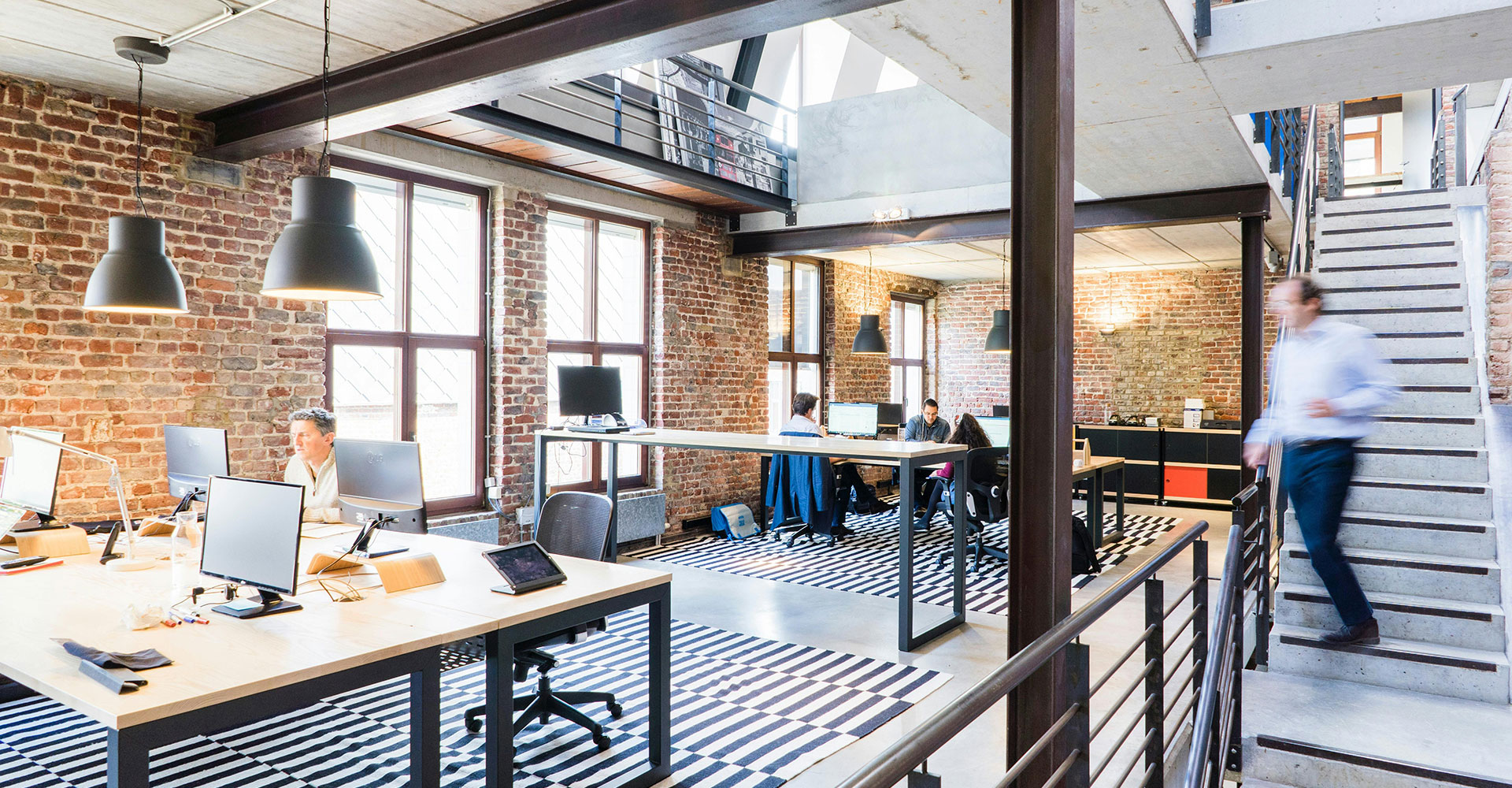There might be valid reasons to delay repairs and maintenance tasks a property might need, but generally speaking, if you regularly kick that can down the road, you’re liable to encounter bigger, costlier issues later.
CRE professionals know the perils of deferred maintenance — it’s a notorious value killer and a major financial headache for investors and owners. This article explores the hidden dangers lurking within neglected repairs and offers practical tips to steer clear. Staying vigilant today empowers you to safeguard your CRE endeavors tomorrow. Ditch the “fix it later” mentality and embrace proactive maintenance — it’s an investment in your property’s future and your bottom line.
What lies beneath the surface?
In the CRE world, deferred maintenance remains a silent but ominous presence. It refers to any necessary repair or replacement that’s been postponed, often because of budgetary constraints, resource limitations or a misguided attempt to save costs. While a leaky faucet or cracked paint might seem insignificant, neglecting these seemingly minor issues can create a domino effect of costly consequences.
The dangers of deferred maintenance are multifaceted and far-reaching.
- First, it erodes property value. Potential buyers factor in repair costs when calculating purchase offers, leading to significantly lower prices.
- Second, it costs you more in the long run. Neglected HVAC systems can become inefficient, guzzling extra energy and driving up utility bills.
- Third, deferring maintenance can create health and safety hazards. Faulty electrical wiring poses fire risks, while water leaks breed mold and compromise tenant health.
Building owners may find themselves facing legal troubles, with code violations leading to fines. Tenants or neighbors affected by deferred maintenance issues could bring lawsuits as well.
Navigating the storm
Fortunately, proactive measures can shield you from the storm. Regular inspections and prompt repairs nip problems in the bud before they spiral. Creating a dedicated maintenance budget ensures financial preparedness. Consider collaborating with a professional property management company. Their expertise in maintenance planning and execution can save you time, money and potential headaches.
They conduct scheduled and preventive property inspections, identifying potential issues with roofs, plumbing, electrical and HVAC systems and common areas before they escalate. They create comprehensive maintenance plans outlining necessary repairs, replacements and preventive measures for property systems and components based on the property’s specific needs and in compliance with industry standards and manufacturer recommendations. These companies will also help create and manage a dedicated maintenance budget, ensuring the availability of sufficient funds for planned — and unforeseen — repairs. And they’ll prioritize tasks based on urgency, potential impact and cost-effectiveness.
Property management companies stay updated on relevant building codes and regulations and have established relationships with qualified vendors and contractors, allowing them prompt access to reliable, affordable — and compliant — repair services. The teams use property management software and tools to track maintenance tasks, schedule inspections, analyze trends and predict future needs.
These companies will also regularly communicate with property owners about the condition of the property, upcoming repairs and associated costs. They encourage tenants to report maintenance concerns promptly, allowing for early intervention, and they provide detailed reports and documentation on all activities.
The combination of expertise, resources and proactive strategies that significantly reduce the risk of deferred maintenance and help preserve the long-term health and value of a commercial property make partnering with a property management company a no-brainer.
Common examples of deferred maintenance
Before we talk about maintenance delays typically considered deferred, we should acknowledge that sometimes, delays happen not with intention but because of other mitigating circumstances. You might need to make a strategic decision to postpone specific repairs based on a temporary budget constraint, future planned renovations — or even the need to wait for optimal weather conditions. The key difference lies in intention and consequences. When addressing maintenance needs becomes a conscious choice to save money and knowingly accept potential risks, it falls under the “deferred” category.
Here are some specific examples of what falls under deferred maintenance:
- Building Components: including leaky roofs, gutters, and pipes; cracked pavement, foundations, or walls; faulty electrical wiring or plumbing; outdated or malfunctioning HVAC systems; damaged windows and doors; and deteriorating paint and siding.
- Interior Issues: mold or mildew growth; faulty fire alarm systems; leaky appliances; worn-out flooring or carpets; and inadequate pest control measures.
- Infrastructure: potholes and cracks in roads and sidewalks; aging bridges and tunnels; failing sewer systems; and neglected public parks and facilities.
- Equipment and Machinery: outdated or inefficient equipment; lack of routine maintenance or safety checks; and ignoring warning signs of potential breakdowns.
Common characteristics of deferred maintenance include a deliberate decision to postpone repairs, not a lack of awareness or resources. Issues have been identified and documented. Stakeholders have a clear understanding of the potential risks — and negative consequences — of neglecting the issues. The other issue here? Repairing neglected issues once they’ve evolved from minor to huge problems typically invites greater expense and complexity.
Key Dangers Associated with Deferred Maintenance
Ultimately, determining if something qualifies as deferred maintenance depends on the specific context and choices made. Understanding the potential dangers and the importance of preventative maintenance is crucial for responsible property management and avoiding the significant downsides of neglecting necessary repairs. Here are some key dangers:
- Increased Repair Costs: Ignoring problems allows them to worsen, leading to more extensive and expensive repairs later. For example, a small leak today can become a major water damage disaster tomorrow, potentially requiring structural repairs and mold remediation.
- Safety Hazards: Neglected maintenance can create safety hazards for occupants, visitors and even yourself. Faulty wiring can lead to electrical fires, leaky roofs can collapse and worn floor surfaces can cause slip-and-fall accidents. All of these situations can result in lawsuits, injuries and potential code violations.
- Reduced Property Value: Unmaintained properties are unattractive to tenants and buyers. Deferred maintenance becomes readily apparent upon inspections, lowering the property’s value and hindering potential rent increases or sales.
- Operational Inefficiency: Aging equipment and neglected systems can become less efficient, leading to higher energy and operational costs. For example, unserviced HVAC systems might consume more energy to maintain desired temperatures.
- Tenant Dissatisfaction: Tenants expect a well-maintained environment. Neglected issues can lead to complaints, decreased tenant satisfaction, and potential turnover, impacting rental income and stability.
- Legal Repercussions: Ignoring code violations or safety hazards can result in fines, penalties — even shutdowns. Neglecting repairs might also violate lease agreements, leading to legal disputes with tenants.
- Negative Reputation: Unkempt properties create a negative image for your business and attract negative online reviews, damaging your reputation and making it harder to attract tenants and investors.
- Impact on Insurance: Some insurance companies might deny coverage or increase premiums for properties with known maintenance issues.
Preventative Maintenance is Key
Regular inspections, timely repairs, and preventative maintenance are crucial for avoiding these dangers. While it might seem like a cost upfront, it’s significantly cheaper than dealing with extensive repairs and the various consequences of deferred maintenance in the long run.
Specific dangers will vary depending on the type of property, its age and the specific issues neglected. However, the overall principle remains true: addressing maintenance promptly is crucial for safeguarding your investment, ensuring safety, and avoiding costly headaches in the future. Proactive maintenance protects value and mitigates exponentially larger future expenses and business disruptions.
——
Are you a commercial real estate investor or looking for a specific property to meet your company’s needs? We invite you to talk to the professionals at CREA United: an organization of CRE professionals from 92 firms representing all disciplines within the CRE industry, from brokers to subcontractors, financial services to security systems, interior designers to architects, movers to IT, and more.

